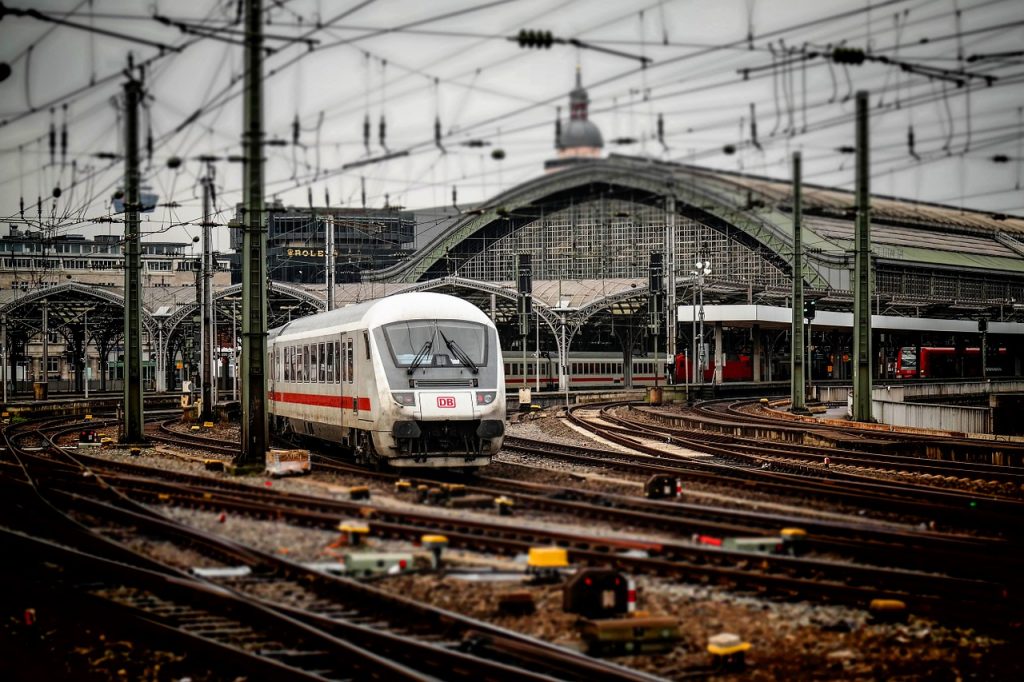The United States Transit System Is Failing Nationwide But Nothing Is Being Done About It, Here’s Why
The nationwide failure of transit systems makes it hard for people to get where they need to go, and due to government structure only allowing money to be released for small sections at a time, building new and repairing is even more complicated.
This article is more than 2 years old

The United States has invested in roads and highways rather than public transportation for years, and the lack of foresight is starting to show. From New York City commuter trains unable to fit through tunnels, a faulty part in Charlotte’s light rail system that will take years to repair to a Boston transit slowdown due to lost paperwork, the U.S. transit system is in shambles. The nationwide failure of transit systems makes it harder and harder for people to get where they need to go, which may cause more problems than government officials expect.
The U.S. transit system crisis isn’t new, but it is worse now than it ever has been. Most cities that are dependent on cars, like Miami and Nashville, are becoming so congested that it’s nearly impossible for residents to get from point to point. And while many would advocate for building mass transit systems in these cities, there’s good reason to be skeptical. New public transit systems have been few and far between in the last 50 years, and the ones that have been built aren’t very effective.
In addition to the overall failure of new public transit systems, the old, successful transit systems, like Chicago’s and New York’s, are becoming broken down and unreliable, thanks to dated technology and mismanagement. It’s hard for governments to find funding to build public transportation systems as well, as the price for even repairing old ones is astronomical. There are so many hoops to jump through that, by the time a part of a public transit system is approved or built, it is already dated.
After the 1970s, when some mildly successful transit systems were built—think San Francisco’s BART or Washington D.C.’s Metro—the federal government changed the process of funding mass transit programs. The government used to fund the entire project at once, so that building it and establishing the infrastructure could occur relatively quickly and all at the same time. According to Vice, though, the government now funds these projects in pieces, so cities are only able to build a little at a time, almost never completing the project in its entirety.
Not only does the current model of government funding prohibit designers from forming transit systems in their entirety, but it also makes the projects more expensive as they drag out for years, or even decades, and old machinery or technology becomes unavailable or too expensive. The government usually prefers to spend its funds on road-widening projects or highway building, which may help a city in the short-term but is like putting a bandage over an open wound—it will only solve the problem temporarily.
The public transit system crisis is also deeply connected to the current housing crisis. There aren’t enough homes to go around or ways to get from your home to other places, so people end up living wherever they can afford to, regardless of the transportation options, making us more and more dependent on cars and jamming our road systems. And while slower public transit systems might not seem like a big deal now, it’s a sign that the very foundations of U.S. society are crumbling beneath us.





